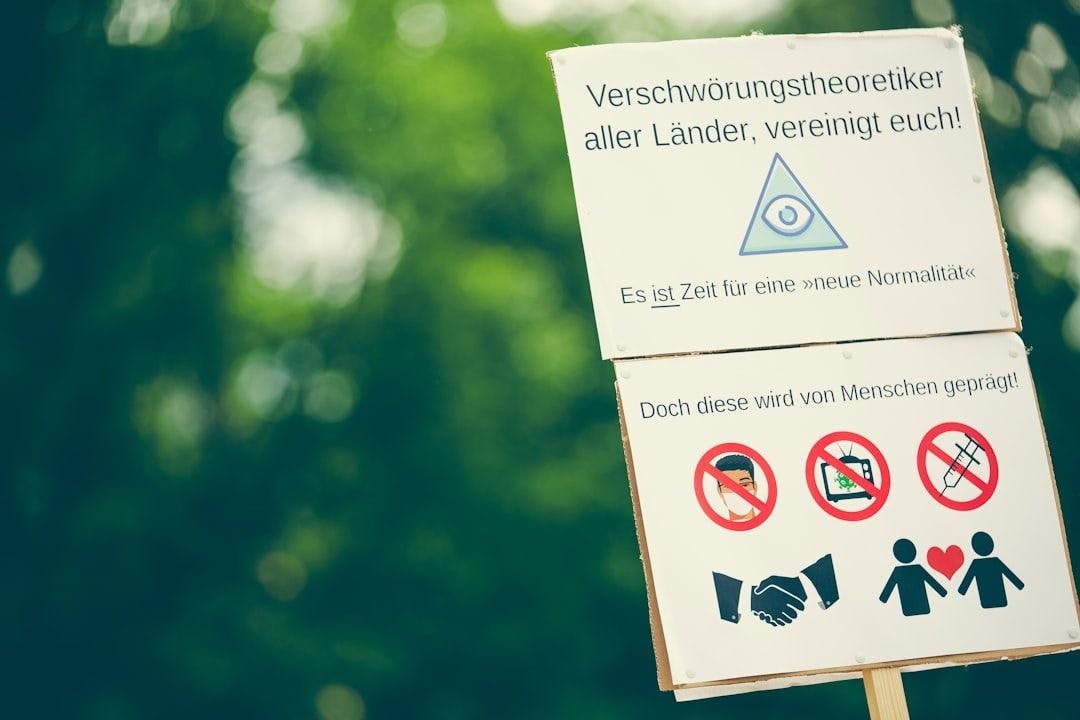Authors:
(1) Esteban Villa-Turek, Corresponding author;
(2) Rod Abhari, Collaborator;
(3) Erik C. Nisbet, Collaborator;
(4) Yu Xu, Collaborator;
(5) Ayse Deniz Lokmanoglu, Collaborator.
Table of Links
Abstract
Transnational Network Dynamics of Problematic Information Diffusion
Theoretical Framework
Methodology
Statistical Analysis and Results
Discussion and Limitations
Conclusions and Policy Implications, and References
Statistical Analysis and Results
After analyzing the main brokers in the network qualitatively, the study employed Exponential Random Graph Models (ERGMs) to statistically determine which nodal attributes are significant in explaining the emergence of network ties. ERGMs are particularly well suited for this task, as they allow researchers to statistically assess and predict the structural characteristics of ties in an observed network. This operates by simulating randomly-generated networks that are specified to structurally equate the observed network, allowing to conduct hypothesis tests on the observed network’s attributes (Robins & Lusher, 2013). In other words, ERGMs are useful to compare in this study the relative influence of transnational factors on tie formation in the networks to other non-transnational actor-level factors to contrast their predictive power around the emergence dynamics of the networks (Robins et al., 2007). In fact, ERGMs have been emphasized in the literature as an ideal method for social network analysis in communication studies, mainly because they allow researchers to employ structure, external relationships or attributes as predictors, all while accounting for the interdependent nature of network data (Shumate & Palazzolo, 2010). Therefore, the study estimates two ERGMs on the two networks using the ergm package version 3.9.4, as implemented for the R programing language (Handcock et al., 2018).
To estimate ERGMs for both networks, the study makes use of endogenous attributes as mechanisms through which the network is structured, as well as of exogenous attributes of the nodes and of exogenous relations in the network (Contractor et al., 2006). In general, endogenous attributes correspond to those self-organizing factors in a network that are merely structural and do not depend on attributes of nodes or edges, like the number of edges or triangles. Conversely, exogenous attributes are the ones that help explain the formation of ties in a network based on nonstructural attributes, like attributes of nodes and edges, or other relationships between the nodes that exist in other networks, and that could help explain the emergence of ties in the observed network. We hypothesize, as mentioned above, that linguistic similarity, thematic similarity, and cultural and geographic proximity increase the likelihood of tie formation in both networks. If the hypotheses hold, it would be expected to see a higher likelihood in co-sharing activity in the network between groups that share the same language, the same themes, and that are culturally or geographically close to one another, as captured by the SCI (Bailey et al., 2018).
Exogenous attributes are employed to estimate the influence of non-structural characteristics of the network on its emergence, like node characteristics or external network relationships. The exogenous nodal attributes to test for linguistic and thematic similarity are given by the hand-coded language and group category labels introduced above. The exogenous relations in the network to account for cultural similarity are modeled using the SCI, which is calculated by taking the number of Facebook connections between two geographic regions and dividing them by the product of Facebook users in both regions, which is then scaled to have a maximum value of 1,000,000,000 (maximum connectedness) and 1 (minimum connectedness), accounting for every possible country-country pair and without having any missing values (Facebook Data For Good Social Connectedness Index Methodology, 2021). This study employs the SCI to account for cultural similarity relations in social networks, especially those that emerge across national borders. As mentioned above, the SCI empirically shows that people across the world tend to form ties with those who are most similar to them, based for instance on sociodemographic characteristics like race, age, religion, education, but also on other “intangible aspects such as attitudes and beliefs (…)”, which can be understood, among others, as cultural in nature (Bailey et al., 2018). To reiterate, the SCI has proven useful to correlate transnational connectedness with historic intranational and international migratory patterns (Bailey et al., 2018), a relationship that might help account for the emergence of ties between seemingly distant (or close) countries in both networks under study. Finally, the nodal attribute to model geographic co-location is given by the hand-coded domain label discussed above.
MPV ERGM
Table 1 presents the estimated ERGM coefficients.
Table 1
ERGM coefficients for the MPV network
The interpretation of ERGM coefficients is similar to that of a logistic regression. In that sense, they allow us to assess whether each term increases or decreases the likelihood of tie formation in the networks.
In terms of geographical co-location, the results do not indicate a statistically significant effect on the likelihood of tie formation. However, the same cannot be said of cultural similarity, which shows a positive and significant effect, indicating that cultural similarity between groups’ nationalities increases the likelihood of tie formation in the network, holding everything else constant. Regarding language similarity, our findings indicate that linguistic similarity decreases the likelihood of tie formation, holding everything else constant. In terms of thematic similarity, we estimated the likelihood of tie formation among all possible thematic pairs in the network. The results range from the intuitive increase in likelihood of tie formation in pairs like Conspiracy Theory-Conspiracy Theory groups, or Politics-Politics groups. Nevertheless, our estimates indicate that other possible thematic pairs that include Conspiracy Theory groups see an increase in likelihood of tie formation, such as in the cases of Conspiracy Theory groups paired with Community, Media, Politics or Religion & Spirituality groups, which seems to indicate a sort of spillover effect on the diffusion of problematic information from dedicated Facebook groups to non-dedicated conspiratorial groups.
DR ERGM
Table 2 presents the estimated ERGM coefficients.
Table 2
ERGM coefficients for the DR network
In the DR network data geographical co-location indicates a positive and statistically significant effect on the likelihood of tie formation, as well as cultural similarity, which shows a positive and significant effect. In this regard the estimates differ from the MPV network, which could be attributed to the higher population variance in terms of culture, language, geography, etc. In the same vein, it seems that language similarity, would increase the likelihood of tie formation in the network, but our estimate is not statistically significant. Finally, in terms of thematic similarity, the same trend operates on all possible thematic pairs in the network. In that sense, we see the same intuitive increase in likelihood effect in Conspiracy Theory-Conspiracy Theory, and Politics-Politics groups. More interestingly, our estimates for this network also indicate that other thematic pairs in which Conspiracy Theory groups are active see an increase in likelihood of tie formation. In other words, thematic pairs in which Conspiracy Theory groups are paired with Community, Media or Politics groups also see an increase in the likelihood of tie formation in the network (there were no Religion & Spirituality groups in the super-spreader core for the DR network). This finding, reiterating, would indicate a spillover effect on the diffusion of problematic information from dedicated groups to unassuming and vulnerable groups.

















